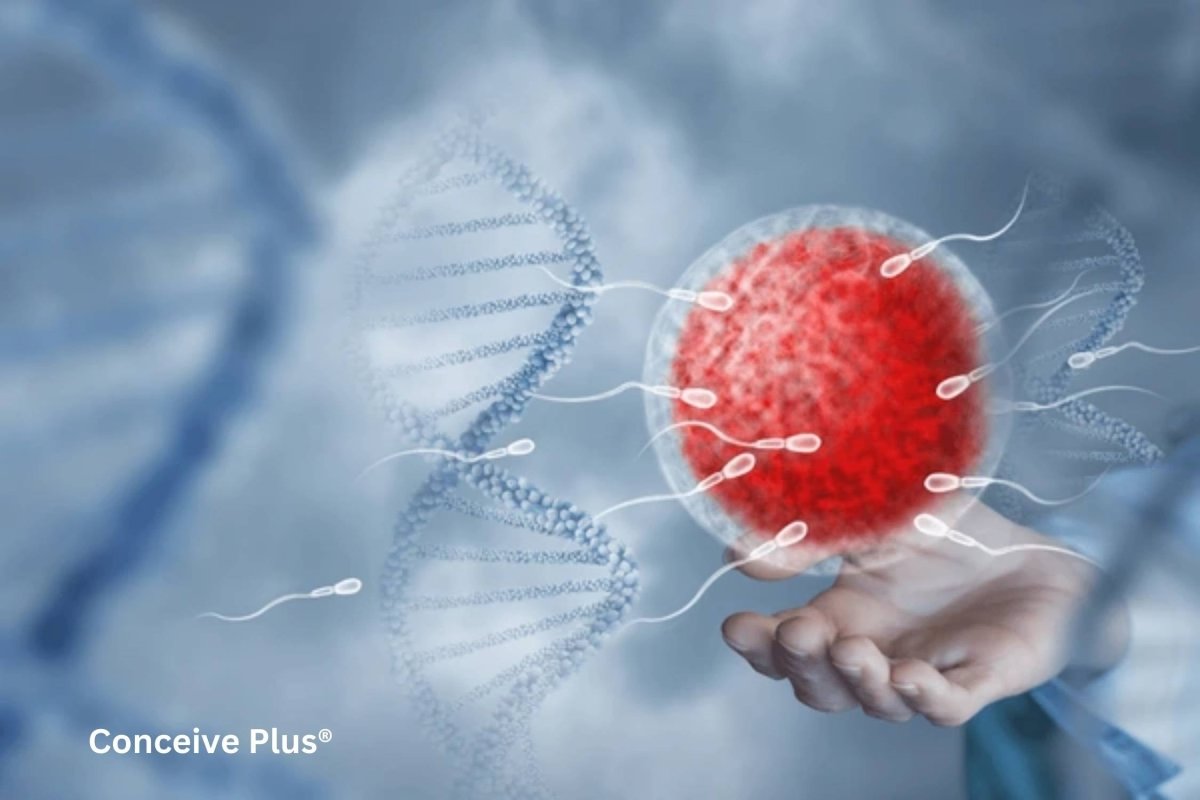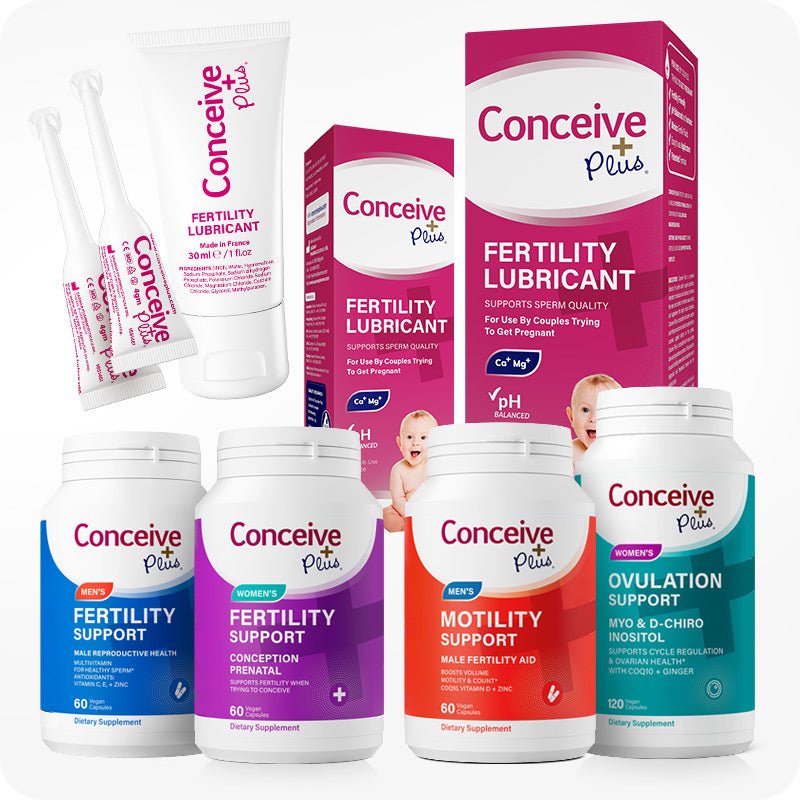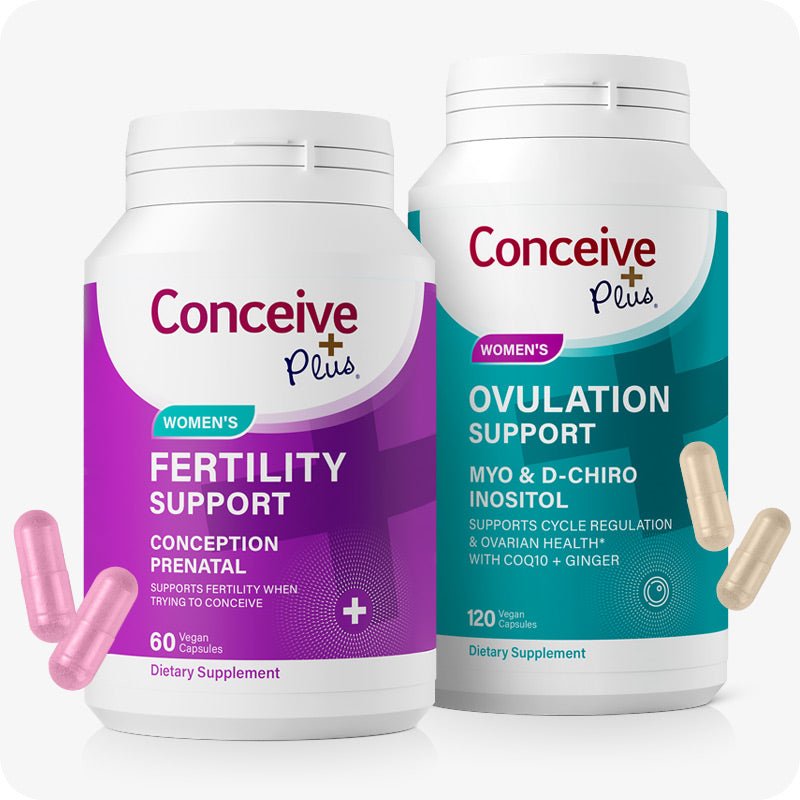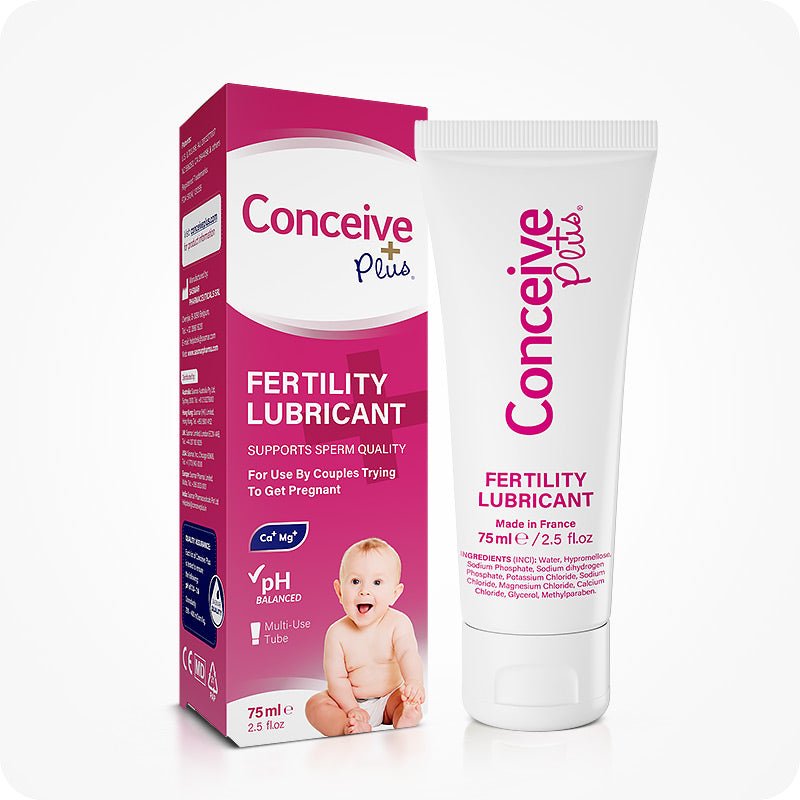What is Sperm Motility and How it Affects Fertility

So, you're trying to have a baby? Well, understanding sperm motility could be a big step. It basically refers to how well sperm can swim. That movement is what’s needed for sperm to make its way to the egg. Fertility problems often come down to issues like low sperm motility. If sperm don’t move right, it’s much harder to conceive. Let’s explore a little more to figure out what is sperm motility and how it plays a role in making a baby.
What is Sperm Motility?
When you ask what is sperm motility, you're really asking how well sperm can swim. That’s it! The mobility of sperm is critical because sperm need to travel quite a distance through the woman’s body to reach the egg. If the sperm doesn’t swim well, it’s unlikely to get where it needs to go. The motility of sperm is basically its ability to swim forward. When doctors do a semen analysis, they also look at the total motile sperm count, which tells how many sperm in the sample can actually move. More is better, obviously. And if you’re wondering what is a high sperm count, well, it’s generally more than 39 million sperm per ejaculate. A higher count gives better chances, for sure [1].
Why Sperm Motility Matters
Alright, so why does this swimming matter so much? Because, simply put, sperm need to reach the egg to fertilize it. That’s where sperm motility percentage for pregnancy comes into play. If not enough sperm are motile, or you’re dealing with non motility (no movement), getting pregnant is going to be tough. Normally, doctors want to see about 40% motile sperm for a good chance at pregnancy, which is what we call normal sperm motility [2]. But the sperm motility range can vary depending on the man’s health, age, and other factors. Anything below 40% is considered low motility and could affect your chances [3].
What Causes Low Sperm Motility?
So, what causes low sperm motility? Well, it could be a number of things. Age is one factor, but lifestyle habits like smoking, drinking, and poor diet also play a big role. Medical conditions like varicocele or infections in the reproductive organs can also lead to reduced motility sperm [4]. And sometimes, it’s just unexplained. Frustrating, right? But that’s the reality. Even with low motility, though, it doesn’t mean all hope is lost.
Getting Pregnant with Low Sperm Motility
Getting pregnant low sperm motility can still happen, but it might take longer or require medical help. Even if the motility is low, some sperm might still be able to fertilize the egg. Fertility treatments like intrauterine insemination (IUI) or in vitro fertilization (IVF) can be helpful in these cases [5]. Doctors will typically check the total motile count to see how many sperm are actually moving and assess the chances of conception [6].
How to Improve Sperm Motility
Can sperm motility improve? Sure, it can. Improving average sperm motility is possible with some lifestyle changes. Things like quitting smoking, reducing alcohol, and eating a healthier diet rich in vitamins like zinc, folic acid, and CoQ10 can make a difference [7]. Exercise is also important for boosting sperm vitality and overall health. Oh, and don’t forget to avoid overheating the testicles—things like hot tubs, saunas, and tight clothing can hurt sperm mobility [8].
For those looking for more support, low sperm motility treatment options are available. Sometimes, doctors recommend supplements or medication, but other times fertility treatments are the best route. It really depends on the individual situation, but it’s worth exploring all the options.
Sperm Motility Definitions
Let’s break down some terms. The sperm motility definition is simply the ability of sperm to move. Without good motility, sperm can’t swim to meet the egg, and fertilization doesn’t happen. The motility sperm meaning is all about how well the sperm moves, whether that’s forward, in circles, or not at all. Progressive motility sperm means the sperm are swimming forward, which is exactly what you want. And progressive motility is important because the more sperm that can swim in a straight line, the better your chances of conception [9].
But what if the sperm aren’t moving? If you’re wondering what does motile sperm mean, it’s simply sperm that moves forward. The term define motile sperm just refers to any sperm that can move in some capacity. The more prog motility and straight-line movement, the better. If there’s non motility or very low movement, then it’s much harder to conceive naturally [10].
The Bottom Line
So, in short, sperm motility is a big deal when it comes to getting pregnant. Whether you’re just starting out or have been trying for a while, understanding what is sperm motility and how it works can really help you figure out the next steps. Improving motility through lifestyle changes, supplements, or fertility treatments can give you a better shot at success. Fertility issues can be challenging, but there’s always hope with the right information and guidance.
FAQs
What is normal sperm motility?
Normal sperm motility means 40% or more of the sperm in a semen sample are motile.
Can pregnancy happen with low sperm motility?
Yes, but getting pregnant low sperm motility might be harder. Fertility treatments can help.
What is a high sperm count?
What is a high sperm count? A count above 39 million sperm per ejaculation is considered high.
How is sperm motility tested?
Sperm motility is tested through a semen analysis that measures the total motile sperm count and average motility of sperm.
What does motile sperm mean?
Motile sperm are sperm that can move. Motility of sperm means they can swim toward the egg to fertilize it.
Citations
- World Health Organization. (2010). WHO laboratory manual for the examination and processing of human semen, 5th ed. World Health Organization. Available at: https://iris.who.int/handle/10665/44261
- Trevor G. Cooper, Elizabeth Noonan, Sigrid von Eckardstein, Jacques Auger, H.W. Gordon Baker, Hermann M. Behre, Trine B. Haugen, Thinus Kruger, Christina Wang, Michael T. Mbizvo, Kirsten M. Vogelsong, World Health Organization reference values for human semen characteristics, Human Reproduction Update. Available at: https://academic.oup.com/humupd/article/16/3/231/639175
- Agarwal A, Mulgund A, Hamada A, Chyatte MR. A unique view on male infertility around the globe. Reprod Biol Endocrinol. Available at: https://pubmed.ncbi.nlm.nih.gov/25928197/
- Sharlip ID, Jarow JP, Belker AM, Lipshultz LI, Sigman M, Thomas AJ, Schlegel PN, Howards SS, Nehra A, Damewood MD, Overstreet JW, Sadovsky R. Best practice policies for male infertility. Fertil Steril. Available at: https://pubmed.ncbi.nlm.nih.gov/12009338/
- O'Flynn N. Assessment and treatment for people with fertility problems: NICE guideline. Br J Gen Pract. Available at: https://www.ncbi.nlm.nih.gov/pmc/articles/PMC3876144/
- Esteves SC, Miyaoka R, Agarwal A. An update on the clinical assessment of the infertile male. Clinics (Sao Paulo). Available at: https://pubmed.ncbi.nlm.nih.gov/21655766/
- Ferramosca A, Zara V. Diet and Male Fertility: The Impact of Nutrients and Antioxidants on Sperm Energetic Metabolism. Int J Mol Sci. Available at: https://pubmed.ncbi.nlm.nih.gov/35269682/
- Homan GF, Davies M, Norman R. The impact of lifestyle factors on reproductive performance in the general population and those undergoing infertility treatment: a review. Hum Reprod Update. Available at: https://pubmed.ncbi.nlm.nih.gov/17208948/
- Björndahl L, Söderlund I, Kvist U. Evaluation of the one-step eosin-nigrosin staining technique for human sperm vitality assessment. Hum Reprod. Available at: https://pubmed.ncbi.nlm.nih.gov/12660276/
- Kovac JR, Addai J, Smith RP, Coward RM, Lamb DJ, Lipshultz LI. The effects of advanced paternal age on fertility. Asian J Androl. Available at: https://www.ncbi.nlm.nih.gov/pmc/articles/PMC3854059/













